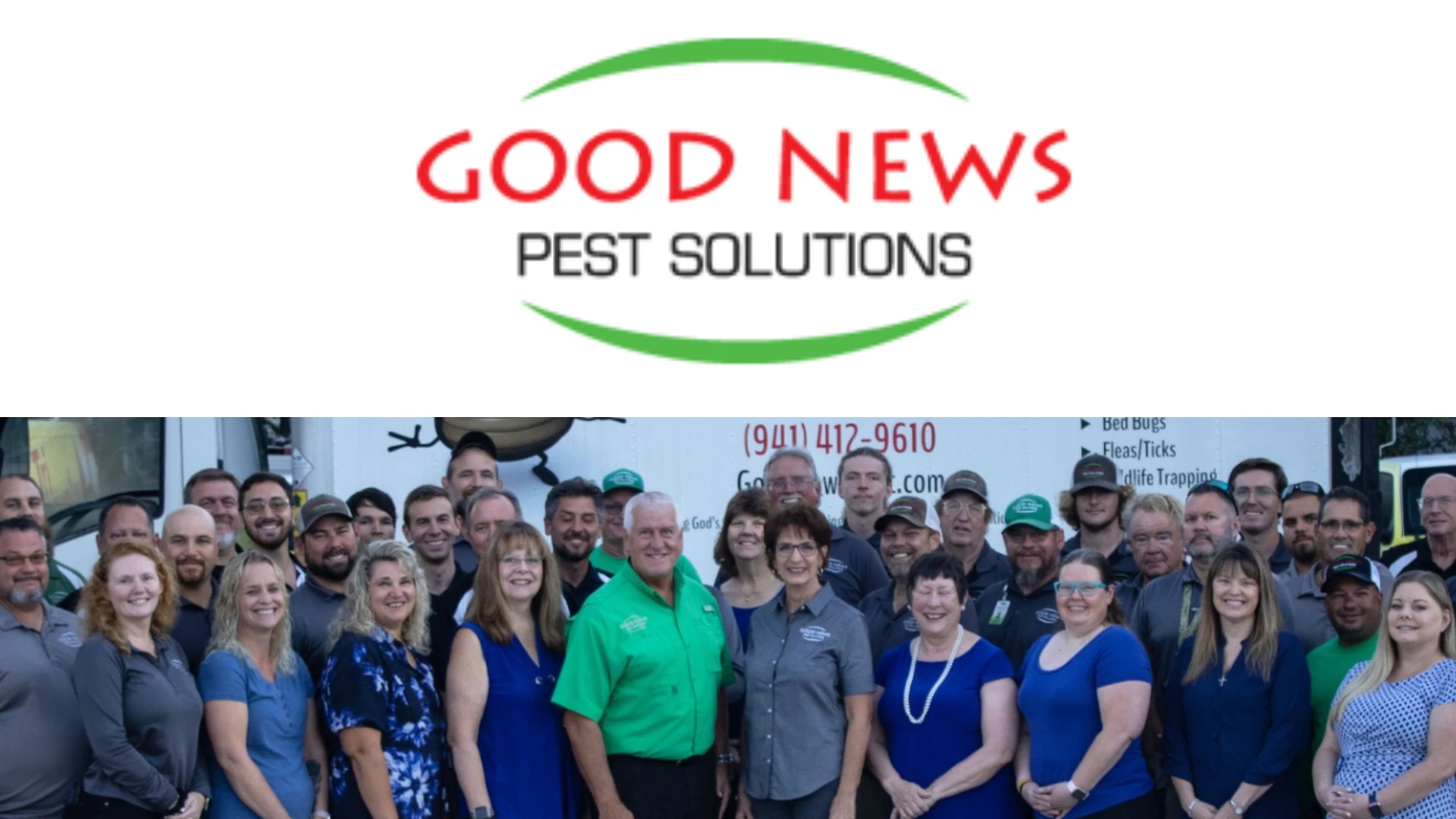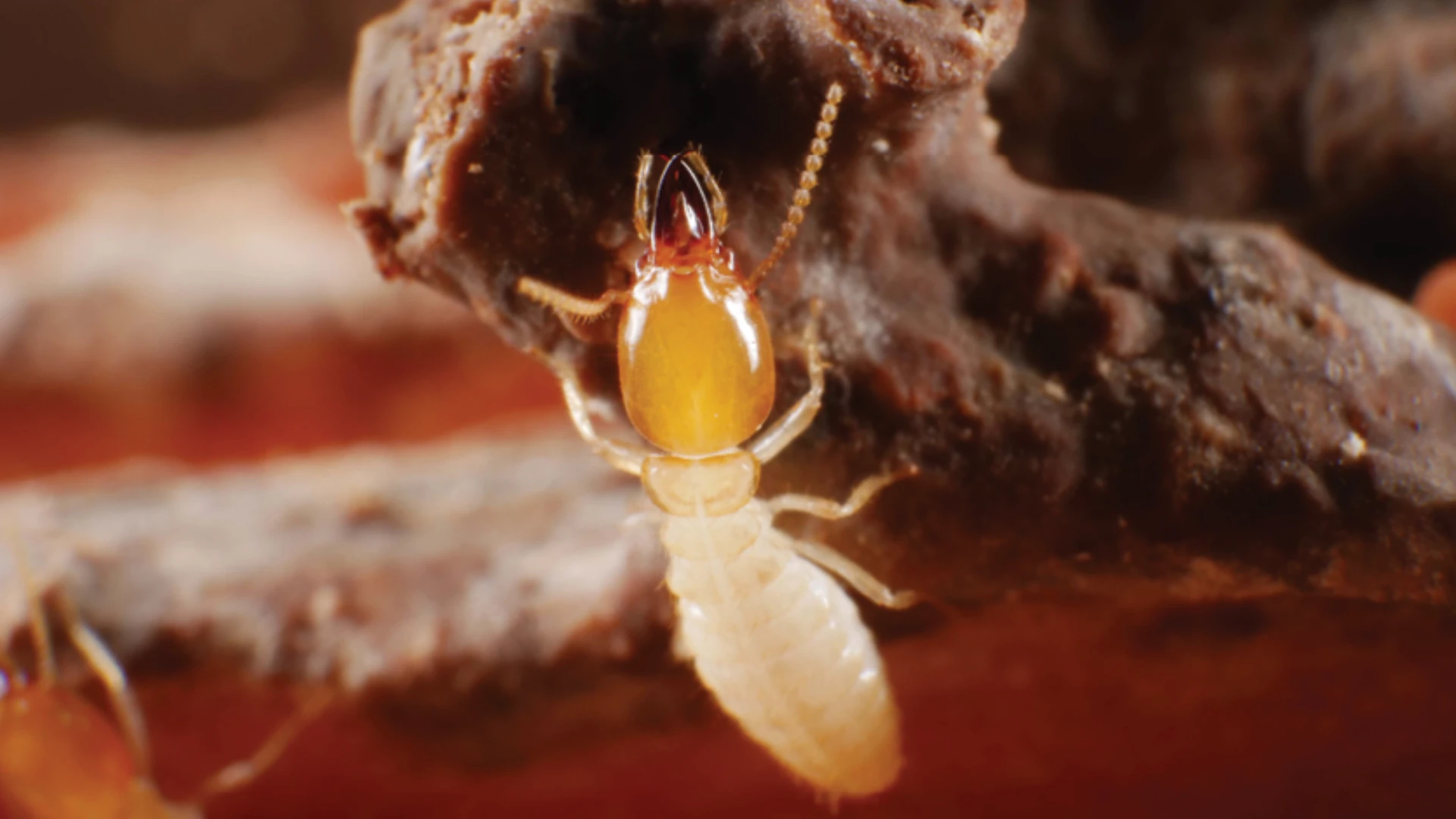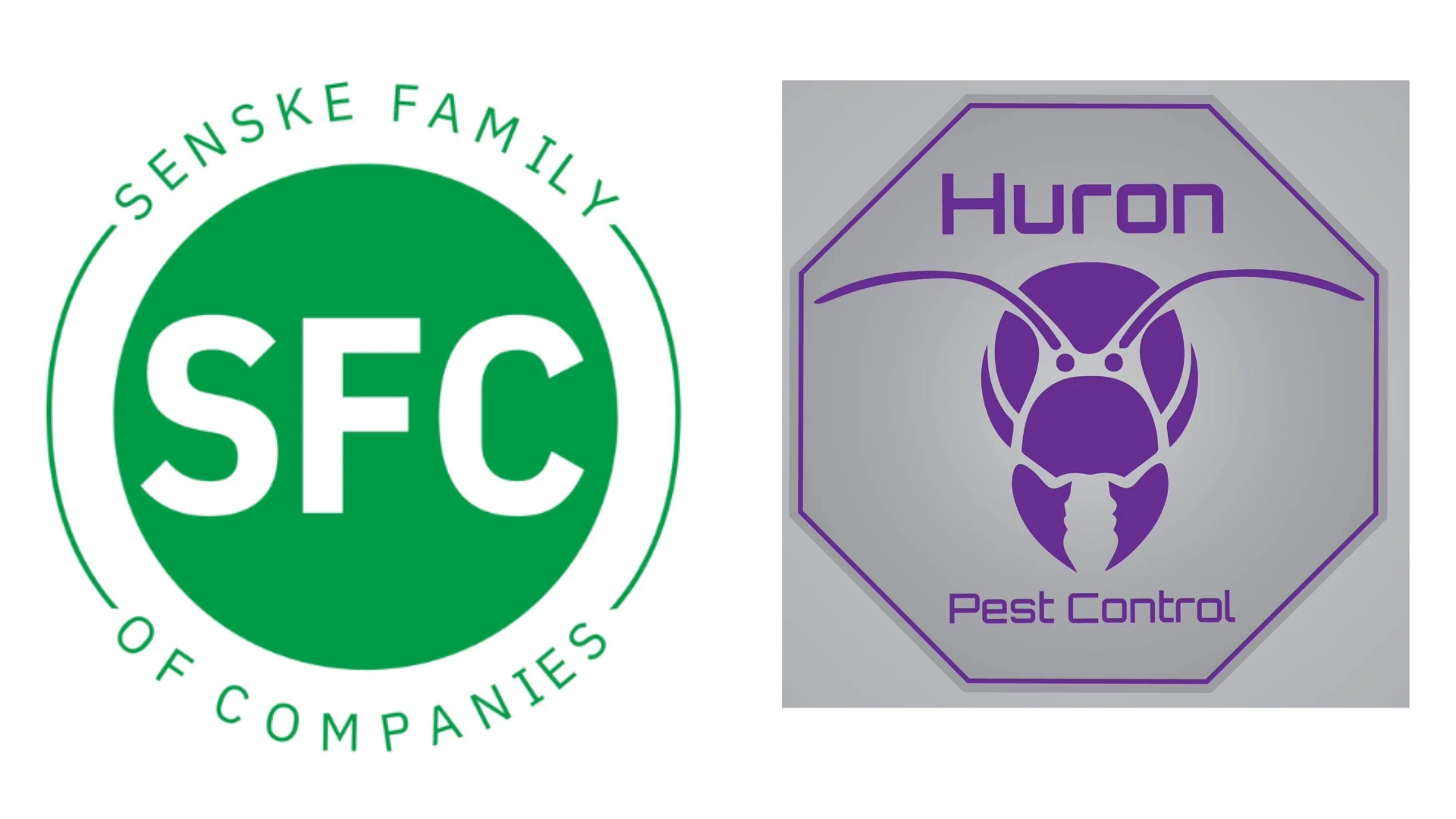In March at PCT’s Residential Pest Management Summit in Chicago, Jeff Tucker of Entomology Associates, Houston, Texas, shared his expert knowledge of invasive pest species with a group of professionals.
Before offering an in-depth analysis to pest management professionals, Tucker explained the difference between "emerging" pests and "invasive" pests. "An emerging pest is one that is already here and for some reason begins causing problems," he said. "Then we have this other group — invasive pests."
Tucker explained that the primary catalyst for invasive species is increases in the trade of goods and the movement of human beings. "Sooner or later a pest is going to come riding in on an animate or inanimate object and most are caught and quarantined by the Animal and Plant Health Inspection Service of the USDA," he said. "But they don’t catch them all."
He explained that even though regional pests regularly move between states, few cause problems after relocation due to environmental conditions. "In the U.S. there are all kinds of regulatory factors like temperature and humidity," Tucker said. "It could be too hot, too cold, too dry or too wet. Secondarily, a very wet environment might be favorable to something like a fungus or another parasite that affects an invasive species so that it never survives." He offers San Antonio’s Oriental cockroaches as an example; You won’t find any in Houston. "They’ve certainly been brought in (to Houston) many times, but there is something that we’re unaware of — whether it’s some kind of competition, or some insect that preys on them or a pathogen of some sort — that does them in."
Of the states currently plagued by invasive pests, Florida stands out to Tucker as being the most affected. Its long coastline, as well as California’s, is privy to lots of transportation and trade that comes in and out of its ports. "Though, if I were keeping my eyes open for invasive urban pests species, I’d keep them open everywhere," he said. "You can go elsewhere in the world and find environments that match some place in the U.S. perfectly, and if there is a pest outside the U.S. that exists there, there is a very good possibility that it can exist here.
"A service technician needs to be very aware of what is normal in the environment where they work," Tucker added. "He needs to maintain a healthy dose of vigilance and curiosity and if they find an ant they don’t recognize doing something that it shouldn’t be doing then they need to collect them and submit them for identification, because the first and most important step is always to get it identified."
The following pages contain a review of some of the invasive ant species that Jeff Tucker presented at the PCT Summit.
Editor’s note: Additional information for this feature was taken from PCT’s Field Guide for the Management of Structure-Infesting Ants and The Mallis Handbook of Pest Control, Ninth Edition. To order, call 800/456-0707 or visit www.pctonline.com/store.
The rover, little fire and Caribbean crazy ant photos are courtesy Rudolf H. Scheffrahn, University of Florida. The white-footed ant photo is courtesy Tom Myers.
The author is a contributing writer for PCT.
Get curated news on YOUR industry.
Enter your email to receive our newsletters.
Explore the April 2005 Issue
Check out more from this issue and find your next story to read.
Latest from Pest Control Technology
- Webinar: Employee Incentives — Going Beyond the Annual Raise
- Pest Control Companies Helping Neighbors in Need Eradicate Bed Bugs
- Why Does Marketing Feel So Opaque?
- How Did This Pest Get Its Name?
- Rose Pest Solutions Honors Top Performers with Annual Chief’s Club Awards
- Doug Foster on Termite Control Equipment, Resources
- Pest Control Consultants Acquires EcoGuard Pest Control
- Pest Index Increased 9 Percent YOY in February






